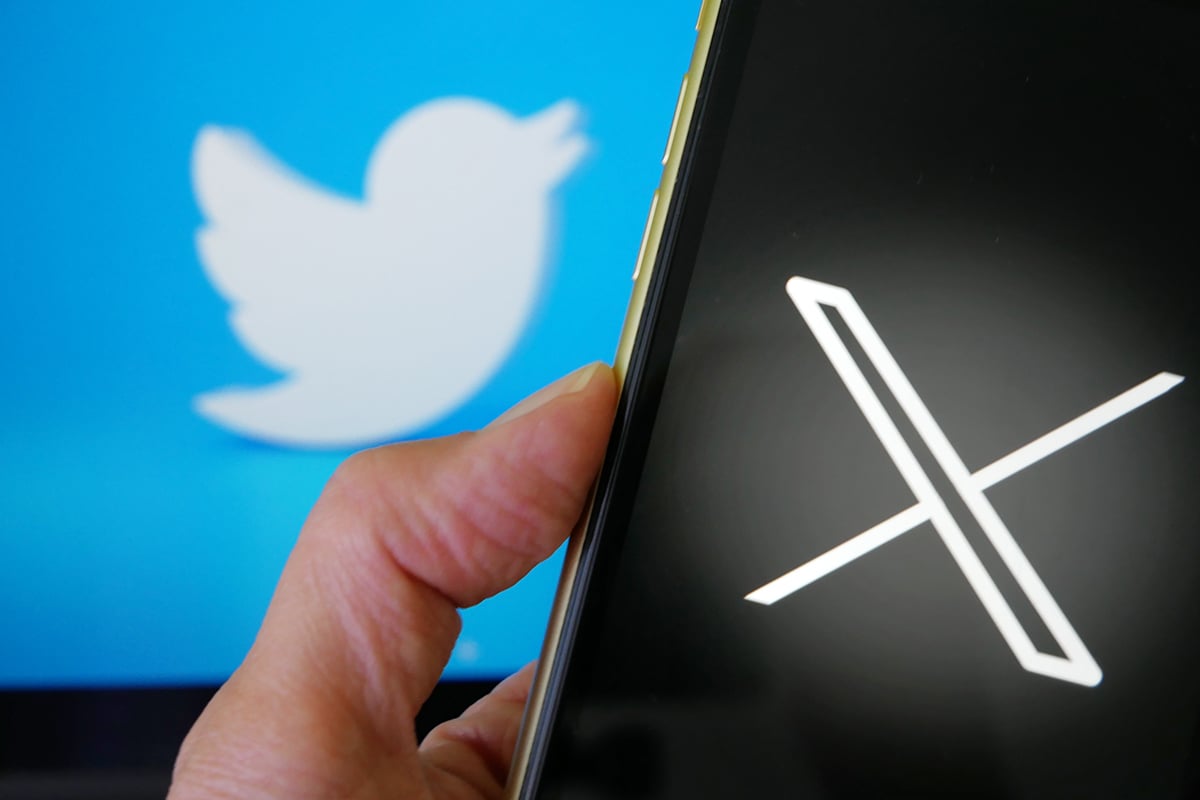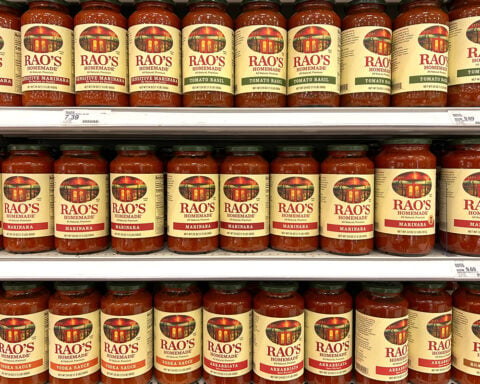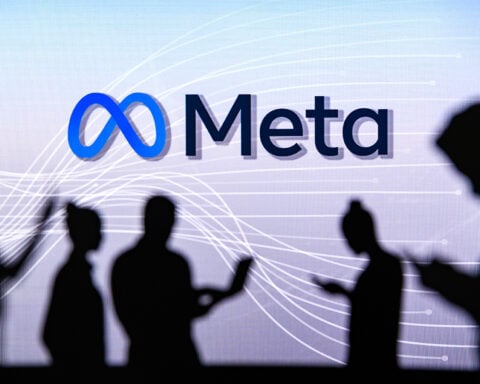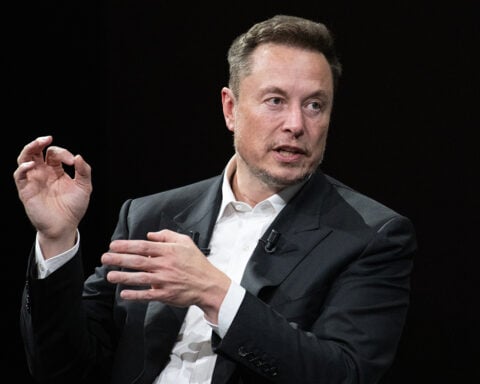Elon Musk might wish to relegate the term “tweet” back to the avian kingdom, yet the term’s prevalent usage for postings on the platform he now labels X seems ingrained — at least for the present.
Firstly, the term “tweet” is omnipresent on the site formerly recognized as Twitter. To post something, you still have to click a blue button labelled “tweet.” The exact process applies to reposting – hitting the button that says “retweet.”
But it goes deeper.
In only a handful of years, Twitter achieved a feat few businesses accomplish in a lifetime through the term “tweets”: it became a verb. It firmly entrenched itself in the linguistic fabric of America and the world. Overturning this would require more than an executive proclamation, even from the billionaire owner of the now-renamed X.
“Language has historically emerged from those who use it daily. It can’t be manipulated, invented, or controlled. It is not subject to one’s whims,” says Nick Bilton, author of “Hatching Twitter: A True Story of Money, Power, Friendship, and Betrayal,” which explores the roots of Twitter.
Interestingly, Twitter didn’t begin as Twitter, but as “twttr” — without vowels, which was trendy in 2006, when SMS texting was all the rage. It was only in 2007 that the iPhone was released.
According to Bilton, Twitter co-founder Evan Williams “bought the vowels one day, two vowels for roughly $7,500 each” when he purchased the URL for twitter.com from a bird enthusiast.
In the early days, people didn’t “tweet” — it was “I’m going to Twitter this,” remembers Bilton. But “twittered” wasn’t exactly catchy, and “tweet” soon became the preferred term, first among the Twitter office, then across San Francisco, and eventually worldwide.
The practice of tweeting has been prevalent for over ten years. World leaders, celebrities, athletes, activists in repressive regimes, propaganda trolls, sex workers, religious figures, meme creators, and even queens have all participated. Former President Donald Trump’s inflammatory use of the platform during his tenure quickly catapulted “tweet” into regular headlines. Even those who had never joined Twitter understood its meaning.
As it stands, we still tweet, retweet, quote tweet, and occasionally delete tweets. News websites incorporate tweets into their articles, and TV programs display them. No other social network has a vernacular term for posting equivalent to “tweet,” although Google achieved a similar feat with “googling.”
The Oxford English Dictionary included “tweet” in 2011, followed by Merriam-Webster in 2013 and the Associated Press Stylebook in 2010.
“Dictionaries are usually cautious about adding new words, especially for novel phenomena, because they don’t want these to be mere fads,” explained Jack Lynch, a Rutgers University English professor researching language history.
Its friendly branding persisted as Twitter became a global platform grappling with misinformation, trolling, and hate speech. The blue bird symbol brings joy, similar to Amazon’s curved-arrow smile, unlike the X introduced by Musk.
When Twitter enlisted Martin Grasser for a logo redesign in 2011, two years after he left art school, the aim was to create an enduring logo. “The brief was to ensure the bird symbol stood on par with brands like Apple and Nike,” Grasser said.
Twitter rolled out Grasser’s design in May 2012, shortly before its Wall Street debut later that year.
Grasser recalls an early design looking like “a flying goose with a tail, akin to a dragon.” Jack Dorsey, another co-founder and twice-CEO, wanted something simpler. The bird was to represent Twitter as a welcoming space “where everyone can participate and engage,” Grasser explained.
The name “Twitter” and the action of “tweeting” were intentionally playful, states Bilton. Other early name suggestions for the platform included “Status” and “Friend Stalker.”
Noah Glass, another co-founder, came up with the winning idea. According to Bilton, Glass “had been pondering about emotions and heartbeats” and found the word “Twitter” in the dictionary during a personal upheaval. It instantly clicked.
Bilton emphasizes that Glass was one of the four founders with the emotional intelligence to recognize that this platform was about human connection. “It was inviting and emotional,” Bilton explained.
Musk started to overwrite Twitter’s corporate culture and image with his own as soon as he took control in October 2022. He triggered an exodus of three-quarters of the staff through firings, layoffs, and voluntary departures, sold off furniture and décor, and drastically altered policies on hate speech and misinformation. The rebranding to X was anticipated.
Musk’s ambition to transform Twitter into X can be traced back to when he sold his first startup, Zip2, to Compaq Computer nearly 25 years ago. His vision was X.com — a one-stop digital platform for financial transactions.
Musk remains committed to his dream. Twitter has become X, aligning with Musk’s other brands, SpaceX and Tesla’s Model X, and even his son, whom he calls “X.” His aim for X is to become an all-encompassing app for video, photos, messaging, payments, and more, although details are scarce. X.com remains essentially Twitter.com, even as the bluebird and other playful elements fade.
“An inside joke at Twitter used to be that it was the company that couldn’t self-destruct. I believe that still holds, whether it’s called Twitter or X,” Bilton reflected.
“It has somewhat become woven into the fabric of society. And even Elon Musk might struggle to undo it.”
Despite the rebranding and Musk’s determination, Twitter, or X as it’s now known, is here to stay. Its pervasive presence in our society and the ingrained habit of “tweeting” may prove resilient in the face of change. As the narrative unfolds, it’s clear that even if the platform’s name has changed, its essence and place in our societal dialogue remain unwavering. Regardless of what it’s called, the ability to “tweet” — to voice opinions, share ideas, and connect with the world — remains a compelling aspect of this social media titan, reinforcing that sometimes, even the world’s richest man cannot alter the course of linguistic evolution.







